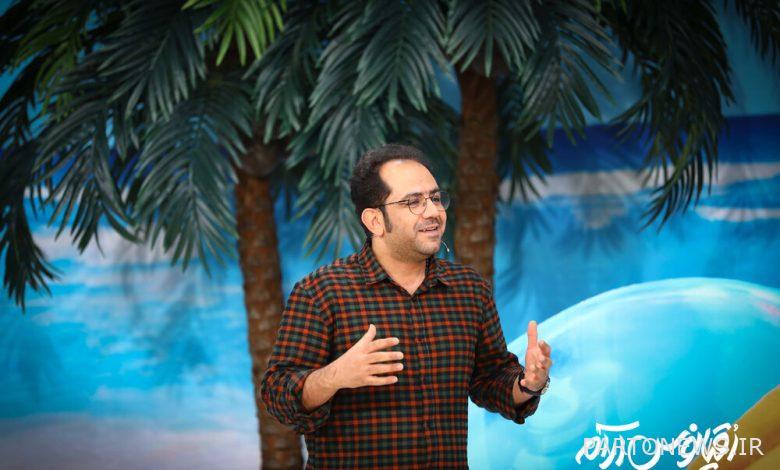How are adolescent experiences organized in “The Pacific”/narratives? – Mehr news agency Iran and world’s news

Hamed Qadiri told Mehr reporter about the role of the writer in the “Pacific Ocean” program, which is broadcasted on Do Sima channel: The main body of the program is formed by the narration of the guests themselves, but the program has a larger narrative that is based on the narration of the guest. In fact, each of the guests defines his own view of life and its course, but “Pacific Ocean” also has a point of view that builds it by adding back and forth to the guest’s narrative.
He continued: For example, “Pacific Ocean” may put itself in the place of a teenager who heard the guest’s story and sympathizes with it. Indifference has it. The emergence of this empathy, Indifferencedoubt, enthusiasm and Emergence Adolescents are formed in the heart of the same grand vision of the program.
Qadiri added: The author is one of the people involved in the program, who tries to provide textual content that complements the narration of the guest. This textual content is added to the original dialogue in various formats and ultimately forms the “Pacific” perspective.
Stating that narrating is a skill, this author clarified: Everyone has a story about their life, but they may not be able to narrate it in an attractive way. Narrating a lived experience is a skill that even those who have lived the best experiences may not be able to master.
Hamed Qadiri also said: In the “Pacific Ocean” program, these narratives are discussed on three levels; The first level is where the guests are chosen from among those who are as good storytellers as possible and can talk about their experience. But sometimes there are those who have had good experiences but are not good story tellers. Here, the second level of program intervention begins. so to speak, in a “warming up” stage, a conversation is formed with the guests to organize their narrative, preserve its core and Extravagance be set aside At this level, the preference is for the resulting narrative to be entirely one’s own and not to be considered a program imposition. But the third level of processing happens in the post-production phase; In fact, the editor, as someone who has a narrative understanding, tries to keep it alive and fresh by removing and strengthening some parts of the guest’s narration.
Referring to the necessity of the attractiveness of a text, he stated: I think a text that is narrative in form for the audience (both teenagers and non-teenage) will be attractive. This attraction is mainly due to the closeness and mental affinity of humans to stories and narratives Mustofai it is needed. But in terms of content, I think if it is a text and content that minimizes the adult point of view as much as possible and with the same wonder and curiosity Juvenile deals with issues, it is likely to evoke more empathy among teenagers.
In the end, Hamed Qadiri said: A teenager’s point of view is mixed with amazement and curiosity. In addition, a person who has entered adolescence finds himself at the beginning of several paths that he has not yet chosen but knows that he will eventually have to choose one of them. With this in mind, I think a good program for a teenage audience would be a program that has this point of view Juvenile respect them and be able to recognize their concern and seek to introduce these paths more than adult advice.
“Pacific Ocean” is a product of Oj Media Art Organization, which is broadcasted on Channel Two from Saturday to Wednesday at 18:00. This program hosts different faces in each episode to share their teenage experiences with this age group.

